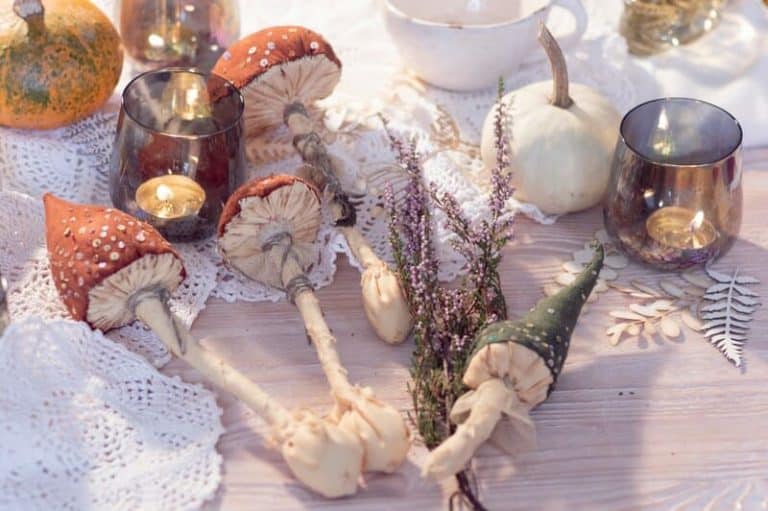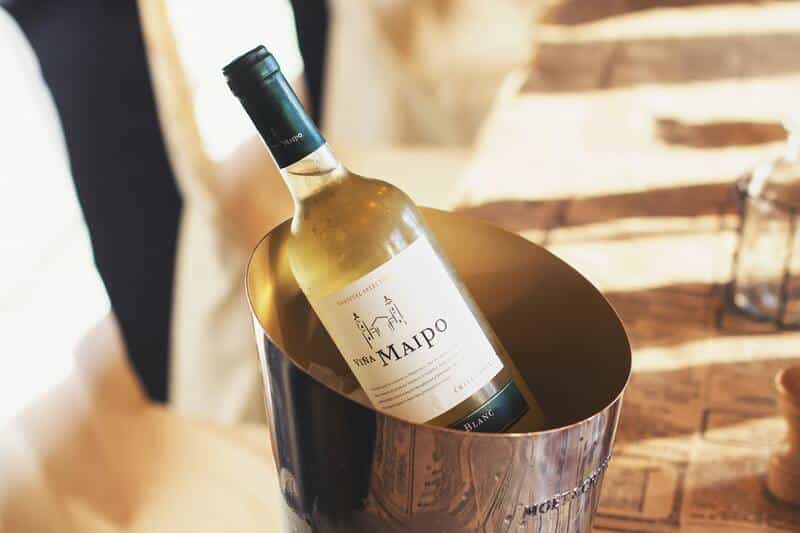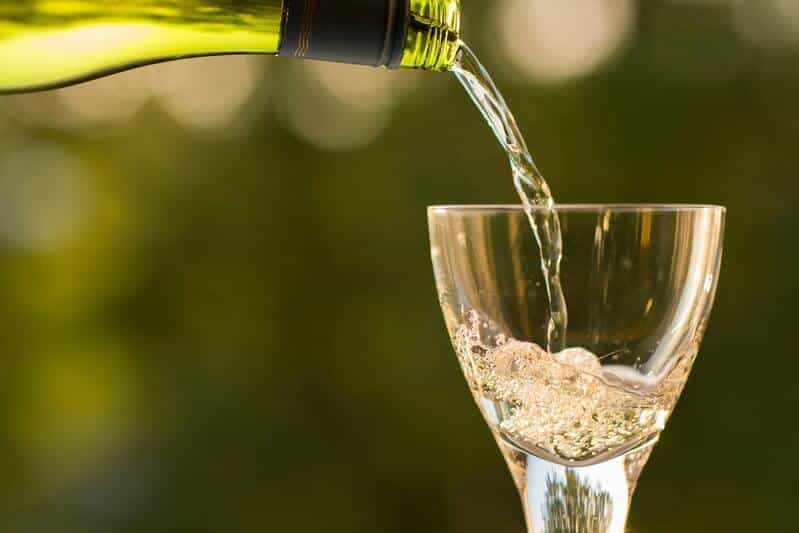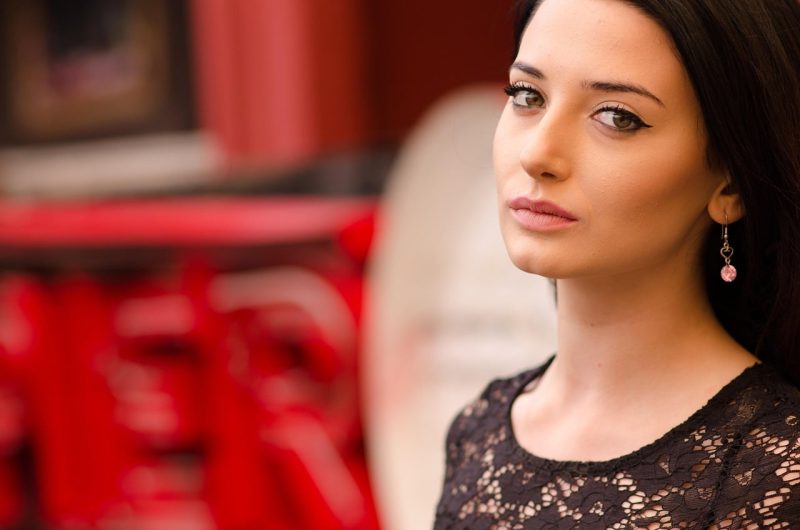Norse Paganism is an intriguing and ancient religion! It is also a type of culture consisting of Northern people employing several gods and goddesses. This tradition provides a feel for elemental earth, the sky, stars, and more than one deity and divinity. However, looking at it might feel overwhelming, particularly for those considering this path. If you approach it with an open mind and heart, you will be taken on a spiritually fulfilling path. In this article, we will learn five basic things that might be useful if you are planning to study Norse Paganism.
Understand the Core Deities and Spirits of Norse Paganism
Norse Paganism is centered on several mighty deities that control various parts of the environment and numerous spirits. Odin, also known as the Allfather, is an integrated myth of Norse mythology. Another major god is Thor, known as the god of thunder, unique flavors, strength, and protector of humans. Then, for lovers, there is Freya, the goddess of affection, sex, and enchantment – identified with beauty, fertility, and the female. Loki’s links with chaos and mischief make it a little more interesting concerning mythology.
The Importance of Ancestor Reverence
Ancestor reverence has always been an element of Norse Paganism. The belief in giving ancestors their respect is based on the fact that the spirit of the ancestors is present in today’s world. Now, ancestors are not distant and unknown but instead involved in the spiritual world of the kin. Norse Paganism acknowledges such spirits to identify with ancestors seeking new understanding from their experiences closely. Our ancestors are highly respected in this religion.
The Role of Nature and the Land
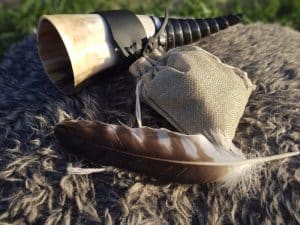
Devotees of Norse Paganism are required to spend time in natural surroundings. This might involve walking barefoot on the earth, sitting beside the river, or just watching the seasons come and go. To the Norse, everything in nature is sacred, and every tree, stone, and river has or was imbued with a spirit. Such a connection means that practitioners can agree with Norse cosmology, which deals with relations between the cycles of the earth and the rhythms of the universal systems.
The Role of Blóts and Sumbels
Blóts and sumbels are two of the most essential rituals in Norse Paganism, described above. A blót is a sacrifice – often food or booze- offered to the gods and spirits to receive their help, protection, or direction. Such sacrifices can be made during some special Yule feast, during some personal dedication, or to celebrate and invoke something special. So, the rule of blót is that when the heart is not in it, the offering isn’t worth the effort.
Study the Sacred Texts and Lore
To better understand Norse Paganism, people can study the text and mythology as the tradition’s basis. The Poetic Edda and the Prose Edda are the two most important collections of mythological material derived from the ancient North. These texts give a mythological account of the gods, the phenomenon of the world’s creation, fate represented by the Norns, and the cycle of life and death. Reading these stories will teach you Norse Paganism and enhance your spiritual life.
Final Thoughts
Norse Paganism is very much a way of life, a religion that allows participants to worship the gods, nature, and ancestors. To incorporate yourself into this tradition, remember what its elemental gods are, respect the spirits of the land, and participate in Blóts and Sumble. This entrance process into Norse Paganism involves journeying, scholarly learning, and worship- consisting of reading the texts and scriptures. It takes time and a willingness to listen with an open mind, but everyone can develop a spirituality that is demonstrable of life cycles and aligns with ancient teachings.

